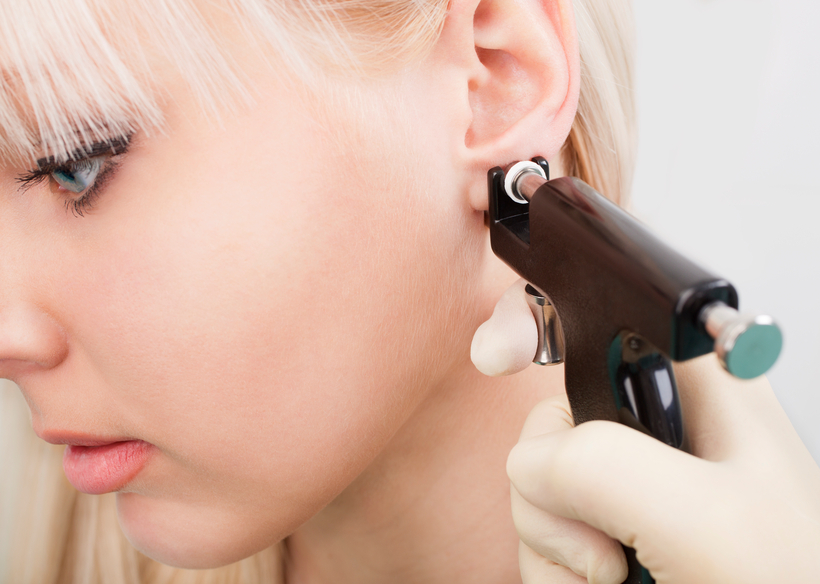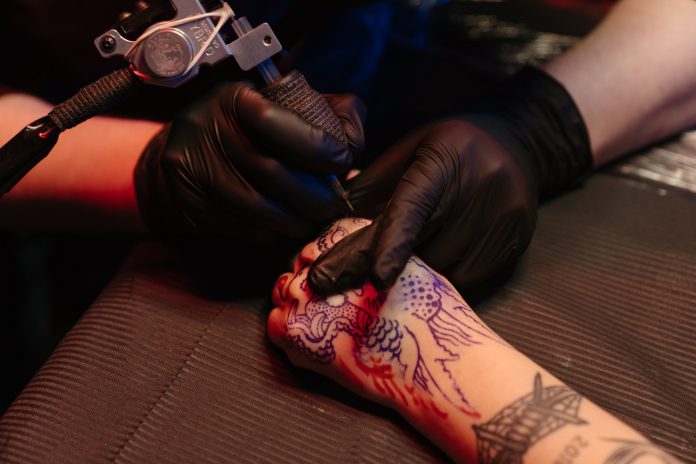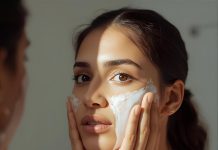The love for getting inked and pierced has been there since the beginning. Recently, though, this form of beautification has gained popularity, especially among teens. One in four teens today either have tattoos on or a bead pierced.
Since the popularity of these two beautifications is on the rise, individuals are flocking to any store they see first to join the herd. This has also led to a rise in the number of infections that come along with tattooing and piercing. You must’ve come across some or the other case of tattooing going severely wrong. In the latest incident, two tested positive for HIV in Uttar Pradesh after getting tattooed with infected needles.
It’s likely that you too must have thought of either getting pierced or inked. We all have at some point. While some of us actually go through it, some don’t. If you are still in two minds, you should keep reading.
An artist uses a needle to inject ink into the dermis, a layer of the skin, to produce a tattoo. This alters the skin’s colour and may be used to produce just about any image you can think of.
Another well-liked type of body art is piercing. A needle is inserted into the body by a piercing artist during this kind of body alteration. After that, they put some jewels into this opening.
Despite their rising popularity, tattoos and body piercings come with health hazards. Understanding the negative side effects connected to these treatments is crucial before deciding to transform your body.
Tattoos’ Adverse Impacts On Health
Tattoos are a popular way to express oneself, yet they can be problematic and harm the skin. Possible complications include:
- Tattoo dye allergy, which could surface years later (symptoms of an allergic reaction include a rash at the tattoo site).
- A skin infection like staph or cutaneous tuberculosis.
- Granulomas, or nodules of inflammatory tissue, around the tattoo site.
- Keloids, or overgrowths of scar tissue
- Bloodborne infections like hepatitis B, hepatitis C, HIV, and tetanus (they can be contracted via contaminated, unsanitary needles)
Adverse Health Impacts Of Body Piercing

- There are risks associated with body modification, such as the possibility of developing a bacterial infection.
- Following a piercing, some people experience an abscess. This pus-filled swelling may form close to the piercing. This negative effect is severe. There is a chance of sepsis or blood poisoning if neglected.
- Sepsis, a potentially fatal condition, develops as a result of infection. Death and organ failure are possible outcomes. Blood poisoning symptoms include:
•High fever and chills
•Fast breathing and heartbeat
Mouth and nose piercings are more likely to develop infections because of the higher bacterial density in these regions.
Additional dangers related to body piercings include:
•Haemorrhage brought on by a broken blood vessel.
• Swelling surrounding the piercing site.
•The development of a keloid there
So, What Safety Precautions Must You Take While Getting Inked/Pierced?
Yes, these beauty modifications do pose health risks, but only when you make an incorrect choice. By taking a few precautions, you can lessen the likelihood of a tattoo or body piercing causing any health issue.
For Safe Tattooing
- Visit a trustworthy, licenced tattoo shop to get inked. For the most recent safety laws regarding tattoos, check with your local department of health.
- If the shop exhibits signs of inadequate hygiene, pick another location. Between clients, work areas, chairs, and non-disposable equipment must be thoroughly cleaned and sterilised.
- Make sure your artist washes their hands and puts on a clean pair of gloves before beginning the job.
- Make sure you watch your artist take needles out of a brand-new, sealed container. Razors and needles shouldn’t be used again.
- Before getting a tattoo, the region of the skin should be cleaned with a disinfectant such as rubbing alcohol.
- Covering brand-new tattoos with sterile gauze or a bandage is advised.
For Safe Piercings
- Only the earlobes should be pierced with a piercing gun. The piercer should use a hollow needle on other body parts to prevent damaging delicate tissues.
- Piercers ought to clean their hands before putting on new disposable medical gloves.
- Body piercings ought to be done using single-use needles that are discarded after each use.
- Before being placed via the body, jewellery needs to be disinfected.
- After each client, piercing tools and surfaces need to be cleaned and sanitised.
Despite the increased safety of tattoos, choosing a skilled artist and trustworthy store/brand will lower your risk of adverse consequences. In order to lessen scarring and other hazards, it’s also crucial that you practise proper aftercare. Any worries you might face after getting yourself a tattoo or piercing should be discussed with your artist or in extreme cases a health professional.






























